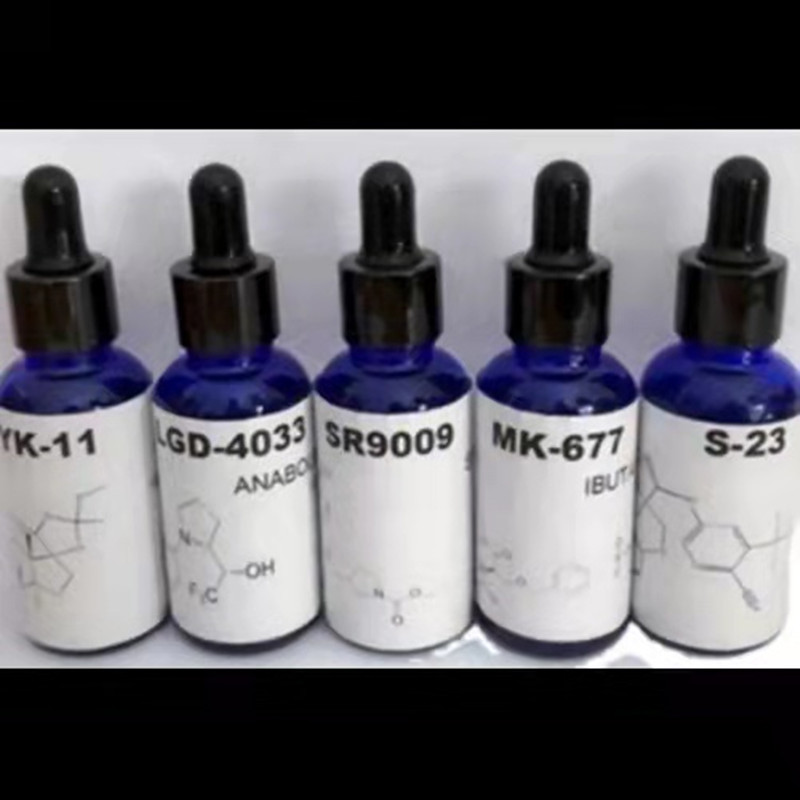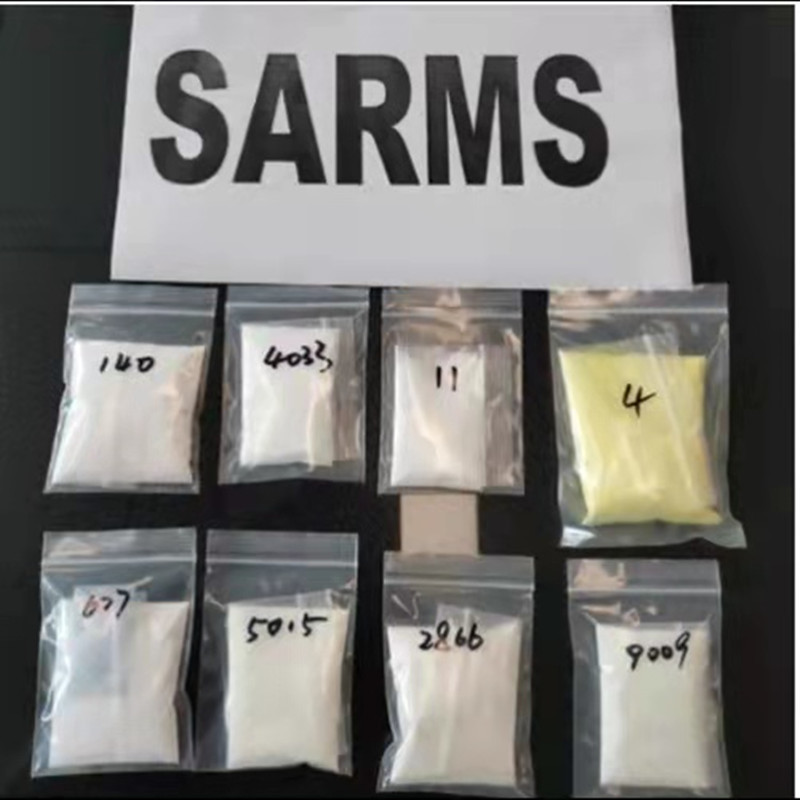Variety
Should choose to adapt to the local ecological climate conditions, strong resistance, good characters, marketable varieties. The same orchard requires uniform varieties with a purity of more than 99%.
Garden
Ridge cultivation. In the past, the backgroove was backfilled for ridging and elevation; the row spacing was pulled apart, the live soil layer of the soil was piled up, and the root system was distributed on the living soil layer to avoid the disadvantages of the backfilling.
Large seedlings planted quickly into garden technology. Three-year-old container seedlings are recommended for citrus.
Supporting infrastructure. Water conservancy system, road system.
Soil management
1, the tree disk cover. In the high temperature or dry season, it is better to cover the trees or cover the entire garden. The thickness of the cover is 10-15cm, but it is not covered within 10cm from the trunk. You can also use a film or floor cloth to cover the entire park or belt.
2, grass cultivation. In spring or autumn, citrus orchard cultivation or green manure should be adopted in the citrus orchard. There are no symbiotic pests and diseases between the grasses and crops, and shallow roots, dwarfs and non-vines, and leguminous plants and grasses are suitable. Immediately cut and buried in the soil or covered in the tree plate.
Fertilizer
1, the principle of fertilization. Mainly organic fertilizer, supplemented by chemical fertilizers, promote leaf nutrient diagnosis combined with soil diagnostic formula and fertilization. The applied fertilizer should not have adverse effects on the orchard environment and the quality of the citrus. It should be a fertilizer registered or exempted from registration by the agricultural administrative department, and the application of chlorinated fertilizers should be restricted. Human and animal urine, etc. need to be fermented at high temperature for more than 7 days. The number of viable bacteria in a microbial fertilizer must be in accordance with NY/T 227.
2, soil testing and formula fertilization technology (citrus)
(1) Saplings should be applied thinly, mainly nitrogenous fertilizer, with the application of phosphorus and potassium fertilizer, fertilization 4-6 times a year.
(2) In areas prone to frost damage, quick-acting nitrogen fertilizers should be stopped after August.
(3) The proportion of nitrogen, phosphorus, and potassium needed for citrus trees is 1: (0.3-0.5): (0.6-0.8). Usually 1-3 years old saplings 50-150 grams of pure nitrogen each year, increasing year by year.
(4) Results Tree Fertilization is usually applied four times a year, that is, germination fertilizer, stable fruit fertilizer, strong fruit-promoting fertilizer and basal fertilizer.
(5) Each fruit producing 1000 kg should be applied pure nitrogen 8-10kg, nitrogen, phosphorus, potassium ratio 1: (0.5-0.8): (0.8-1.1).
(6) The trace elements are mainly lack of supplements and are mainly foliar sprays.
(7) Soil nutrient testing and fertilization formulation reports are required.
Pruning
Tangerine. Naturally happy, the result tree advocates large branch pruning. There is no serious cross between the plants, and the canopy coverage of the Citrus Garden is controlled below 85%, and the height of the canopy is controlled below 2.5 meters.
Peach. The two main branches or the three main branches of a happy heart are mainly used, and the two main branches with a simple structure are recommended to be a happy shape, and the retracting and thinning are mainly used for the long tip pruning technique.
pear. Happy-shaped, small crown evacuation layered, arms anterograde.
Flower and fruit management
I. Citrus flower and fruit management
1, promote flower or control flowers. Comprehensive use of agricultural cultivation measures to regulate the potential of citrus trees, trimming techniques such as circumcision, branching, brushing, and picking are used to prune the tree, promote citrus blossoms or control flowers, and balance the size of citrus.
2, preserved flowers. After spraying from the flower to the young fruit, the fruit was sprayed with fruit and 0.1%-0.2% of borax, potassium dihydrogen phosphate and other foliar fertilizer before the end of the second physiological fruit drop. The preservatives mainly include cytokinin (BA) and gibberellin (GA). When single gibberellin is sprayed, the use concentration is 50 mg/kg, and the use concentration should not be too high. The number of times should not exceed 2 times to avoid rough skin, big fruit and malformed fruit.
Before flowering, branches, twisted branches, or circumcision are applied to upright branches; in the early stages of germination, spring shoots grow more vigorously, some of the shoots are wiped off in an appropriate amount, or toppings are done in time, and all summer shoots are erased. Keep fruit effect.
3, thinning fruit. According to species, tree vigor and cultivation conditions to determine the reasonable amount of fruit. The fruit shreds are generally divided into two. The first fruit thinning was performed after the physiological fruit drop peak of young fruit, and the small fruit, malformed fruit, disease and fruit and fruit were removed. After the second physiological drop, the fruit was shredded for a second time.
4, covered water control sugar. In the initial stage of fruit coloring or 20-30 days before fruit harvest, non-woven fabric or silver reflective film is laid on the entire surface of the park to effectively increase the light in the orchard and promote uniform coloration of fruits; at the same time, it can effectively control the absorption of water by the root system. Increase the sugar content of fruits and improve fruit quality.
5, leaving trees for storage and freshness. The late-maturing varieties in the warm winter areas of the Three Gorges Reservoir area can directly store trees and delay harvesting until the following February and February. The key technology for storage and preservation of leave trees is: The amount of fruit should be 70% of the plant load, from the fruit coloring stage, spray 1-2 times of 2,4-D 20-50 mg/kg, during the fruit leaves Pay attention to antifreeze and pest control, and timely harvest when the fruit is fully mature to prevent floating skin.
Second, peach fruit management
1, preserved fruit. For pollen-free varieties such as sand early growth, early Feng Wang, Jinhua Dabai Tao, Weiyang No. 2, artificially assisted pollination was used.
2, thinning and thinning fruit. For varieties with high fruit setting rate, some flower buds can be removed during winter pruning. The following year, when the buds begin to bloom to 4 to 5 days before flowering, the amount of flowering can be deducted according to the developmental quality of the buds; the fruit thinning is generally completed between mid-late April and early May. The specific method is implemented according to the relevant regulations in NY 5114-2002.
3, fruit bagging. For large fruit varieties or need to prevent fruit cracking and other special circumstances when using bagging cultivation.
Third, pear fruit management
1, artificial pollination or flowering bee. Pollination during flowering, completed within 1d-2d. In the first fruit period, 1 bee per hectare was placed, and 3 boxes of bee were placed per hectare during the fruit period.
2, thinning and thinning fruit. When the flower volume is large, the flower buds are separated at the flowering stage, leaving an inflorescence every 25cm-30cm; during flowering, the flowers are sparse, and each flower has (1-2) flowers in the (2-4) order position. Xiehua began to thin fruit after 15d-25d, completed within 30d. Leave 1 fruit every 20cm-30cm. According to the principle of retaining superiority and inferiority, the middle and back parts will stay more, the tips of the shoots will remain less, the side fruits will stay more, and the fruits on the back will stay less. Sparsely deformed fruits, pests and diseases, selected to stay (2-4) order fruit on the right, fruit stems thick and long fruit.
3, fruit bagging. Once bagged variety, Xie Hua 25d-30d start bagging, completed within 15d. Select the fruit bag suitable for different varieties. The second bag variety, Xie Hua 15d-25d after the beginning of the first bagging, set of special small fruit bag, completed in 15d; small bag is about to burst into the second time to start bagging, do not understand the bag, complete in 7d . Select the fruit bag suitable for different varieties. Apply (1-2) times before bagging. Select granules or water pesticides evenly spray the fruit surface, the liquid can be bagged after dry.
Pest Control
Adhere to the principle of "prevention first, comprehensive prevention and control", based on agricultural control and physical control, promote biological control, scientifically use chemical pesticides according to the laws and regulations of occurrence of diseases and insect pests and economic thresholds, and effectively control pests and diseases. When new parks are built, strict quarantine shall be conducted to prevent the introduction and spread of quarantine pests and diseases.
According to the environmental conditions at that time and the growth and development of fruit trees and cultivation and management status, the future trends of pests and diseases were judged, and the prevention period and plan were proposed. The disease forecasting should be based on the characteristics of the disease infestation process and the infestation cycle, and use the historical data of the prevailing factors of the disease epidemic. The prediction of pests is mainly based on the developmental process of pests and the phenology period of fruit trees, and the trend of forecasting the occurrence of pests using the tendency of pests (lights, taste, etc.), and the amount of pests is calculated based on the investigation of the population base population and weather factor analysis. The forecast.
By using insects to treat insects, bacteria to treat insects, and maggots to control cockroaches, at the same time strengthen fertilizer and water management, reasonably control the load, maintain strong tree vigor, and improve the resistance of the tree; reasonable pruning ensures that the tree is airy and transparent; Branch defoliation and disease, scrape off old cracked skin, cut off pests and branches, reduce the number of worms, and prevent rust disease.
Can also be used frequency vibration type insecticidal lamp, plastic tree cover cover, yellow board, sweet and sour liquid trapping, application of high-efficiency and low toxicity pesticides and other physical methods for prevention and treatment.
Nonsteroidal SARMS are alternatives to steroids, also known as selective estrogen receptor modulators. Unlike steroids, SARMS stimulates muscle more directly and more strongly than steroids. The stronger the targeting, the more targeted. SARMS is an optimized version of steroid substances that have steroid-like effects in the treatment of certain diseases. It may completely replace steroids in the future as a new and more effective drug.
Our company specializes in providing sarms series products
MK677
MK2866
GW501516
YK11
SR9009
RAD140
S4
S23
LGD4033
GW0742
We can provide liquid, powder, capsule, etc. Welcome to inquiry

MK677
MK2866
GW501516
YK11
SR9009
RAD140
S4
S23
LGD4033
GW0742 powder

MK677
MK2866
GW501516
YK11
SR9009
RAD140
S4
S23
LGD4033
GW0742 capsules

Mk 677 Tablets,Mk 677 Pills,Sarms Liquid And Powder,Muscle Building Powder Swarm
XI AN RHINE BIOLOGICAL TECHNOLOGY CO.,LTD , https://www.rhinebioteches.com